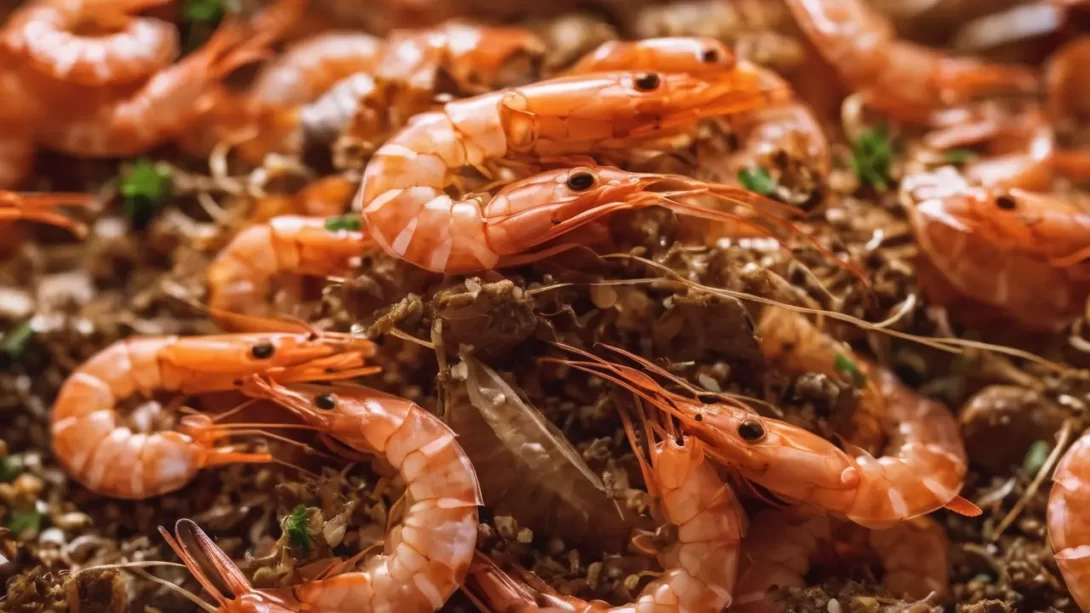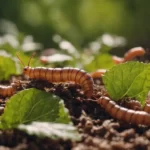Composting is a key component of sustainable living, allowing organic waste to be repurposed into nutrient-rich soil. A common question among composting enthusiasts is whether shrimp shells, a frequent byproduct of seafood cooking, can be added to compost piles. This article explores the feasibility and benefits of composting shrimp shells, along with essential guidelines for doing so effectively.
Shrimp Shells
Shrimp shells are primarily composed of chitin, a fibrous substance that is also found in other crustaceans. Chitin is a natural polymer and, when decomposed, contributes valuable nutrients to compost. In addition to chitin, shrimp shells contain proteins, calcium, and trace minerals. These elements are beneficial to compost, enriching the soil and helping to support healthy plant growth. The decomposition process of shrimp shells, while slower than some organic materials, ultimately enhances the quality of the compost.
Benefits of Composting Shrimp Shells
Including shrimp shells in your compost offers several advantages. Firstly, they are a rich source of nitrogen, an essential component for composting that helps to accelerate the decomposition process of other organic materials. Shrimp shells also add calcium, which can improve soil structure and plant health. Their contribution to the overall mineral balance of the compost can be particularly beneficial for certain types of plants that thrive in nutrient-rich soil. Moreover, the inclusion of diverse materials like shrimp shells can lead to a more balanced and effective compost, supporting a wider range of microbial life and enhancing soil fertility.
Preparing Shrimp Shells for Composting
To ensure that shrimp shells decompose effectively in a compost pile, proper preparation is key. Start by thoroughly cleaning the shells to remove any seafood residue, which can attract pests and produce unwanted odors. Crushing or grinding the shells into smaller pieces can also help speed up the decomposition process. If you have the means, drying the shells before adding them to the compost can be beneficial, as dry shells are less likely to attract pests and will break down more quickly.
Incorporating Shrimp Shells into the Compost Pile
The addition of shrimp shells to a compost pile should be done thoughtfully to maintain the balance between “green” (nitrogen-rich) and “brown” (carbon-rich) materials. Shrimp shells are considered a green material. Balance them with brown materials like dry leaves, straw, or shredded paper to maintain the optimal carbon-to-nitrogen ratio. When adding shrimp shells to your compost, it’s advisable to bury them in the middle of the pile. This practice helps in mitigating odor issues and deterring pests, while also providing the necessary heat and microbial action to break down the chitin efficiently.
Potential Concerns and How to Mitigate Them
One of the primary concerns when composting shrimp shells is the attraction of pests, such as rodents or insects. To mitigate this risk, ensure that the shells are well buried within the compost pile and not left on the surface. Maintaining a well-aerated and moist compost pile is also essential, as a healthy and active compost environment reduces the likelihood of pest problems. Another consideration is the potential for unpleasant odors as the shells decompose. This can be minimized by proper preparation of the shells and maintaining a balanced compost with sufficient brown materials to absorb excess moisture and odors.
Composting Time Frame for Shrimp Shells
The decomposition time for shrimp shells in a compost pile can vary. Typically, it may take a few months to a year for the shells to fully break down. This time frame is influenced by several factors, including the size of the shell pieces, the conditions of the compost pile, and the balance of materials within it. Warmer temperatures and consistent compost management practices, such as regular turning and moisture control, can expedite the decomposition process. It’s important to be patient and allow the shells ample time to decompose fully, contributing their nutrients to the resulting compost.
Conclusion
Composting shrimp shells is not only feasible but also beneficial. They add valuable nitrogen and minerals to the compost, enhancing its nutrient profile and overall quality. Proper preparation and mindful incorporation of the shells into the compost pile are crucial to avoid potential issues like pests and odors. By following these guidelines, gardeners can successfully include shrimp shells in their composting routine, contributing to a more sustainable and effective composting practice. Embracing such practices is a step towards environmentally friendly gardening, utilizing kitchen waste to enrich soil and support plant growth.



